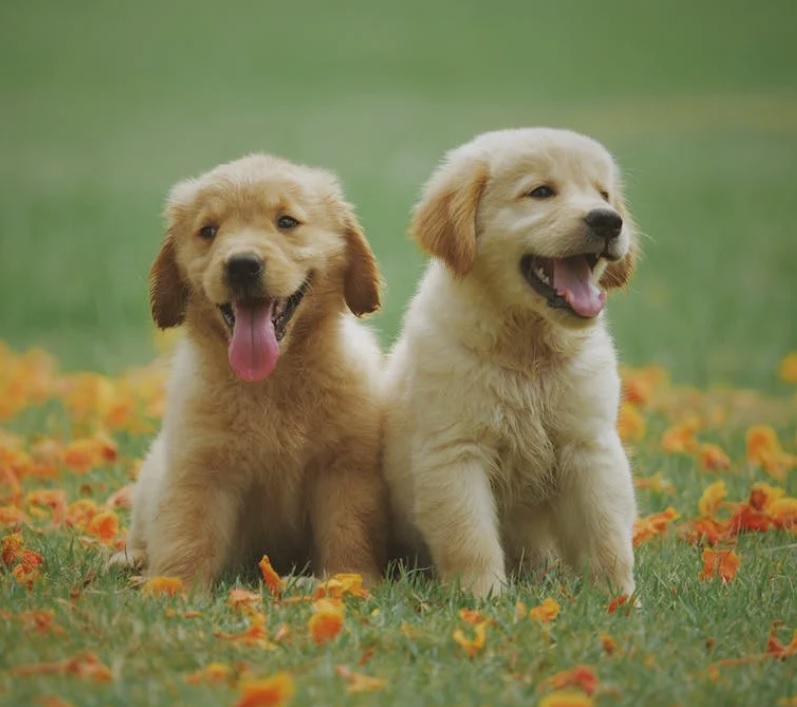Teaching your dog to greet people politely
Teaching your dog to greet people politely is essential for a harmonious social interaction. Dogs naturally get excited when meeting new people, but it’s crucial to train them to express their enthusiasm in a calm and controlled manner. Here are some tips to help you achieve that:
-
Start early: Begin training your dog to greet people politely when they are young. Puppies are more receptive to learning and can easily develop good habits.
-
Socialize your dog: Expose your dog to different environments, situations, and people from an early age. This helps them become comfortable around strangers and reduces their tendency to jump or bark excessively.
-
Use positive reinforcement: Reward your dog for calm behavior during greetings. Treats, praise, and gentle petting can reinforce the desired behavior and make your dog associate greeting people politely with positive experiences.
-
Train basic commands: Teach your dog basic commands such as “sit,” “stay,” and “down.” These commands provide structure and help your dog understand what is expected of them during greetings.
-
Set up controlled encounters: Start by introducing your dog to friendly, familiar people. Ask them to approach your dog calmly and reward your dog for remaining calm. Gradually increase the level of difficulty by introducing new people and more distracting environments.
-
Use a leash or tether: Keep your dog on a leash or tether during greetings to have better control over their behavior. This helps prevent jumping or lunging and allows you to redirect their attention if needed.
-
Manage excitement levels: If your dog gets overly excited during greetings, redirect their attention to an appropriate behavior, such as sitting or lying down. Reinforce and reward this behavior to shift their focus from excitement to calmness.
-
Teach an alternative behavior: Train your dog to perform an alternative behavior, like sitting or offering a paw, instead of jumping up on people. Practice this behavior regularly, so it becomes a default response during greetings.
-
Consistency is key: Be consistent with your training approach and expectations. Ensure that everyone in your household and visitors follow the same rules when interacting with your dog to avoid confusion.
-
Seek professional help if needed: If you encounter challenges or your dog’s behavior doesn’t improve despite consistent training, consider seeking guidance from a professional dog trainer or behaviorist.
Remember, teaching your dog to greet people politely requires patience, consistency, and positive reinforcement. With time and practice, your furry friend will learn to greet others in a calm and well-mannered way.

